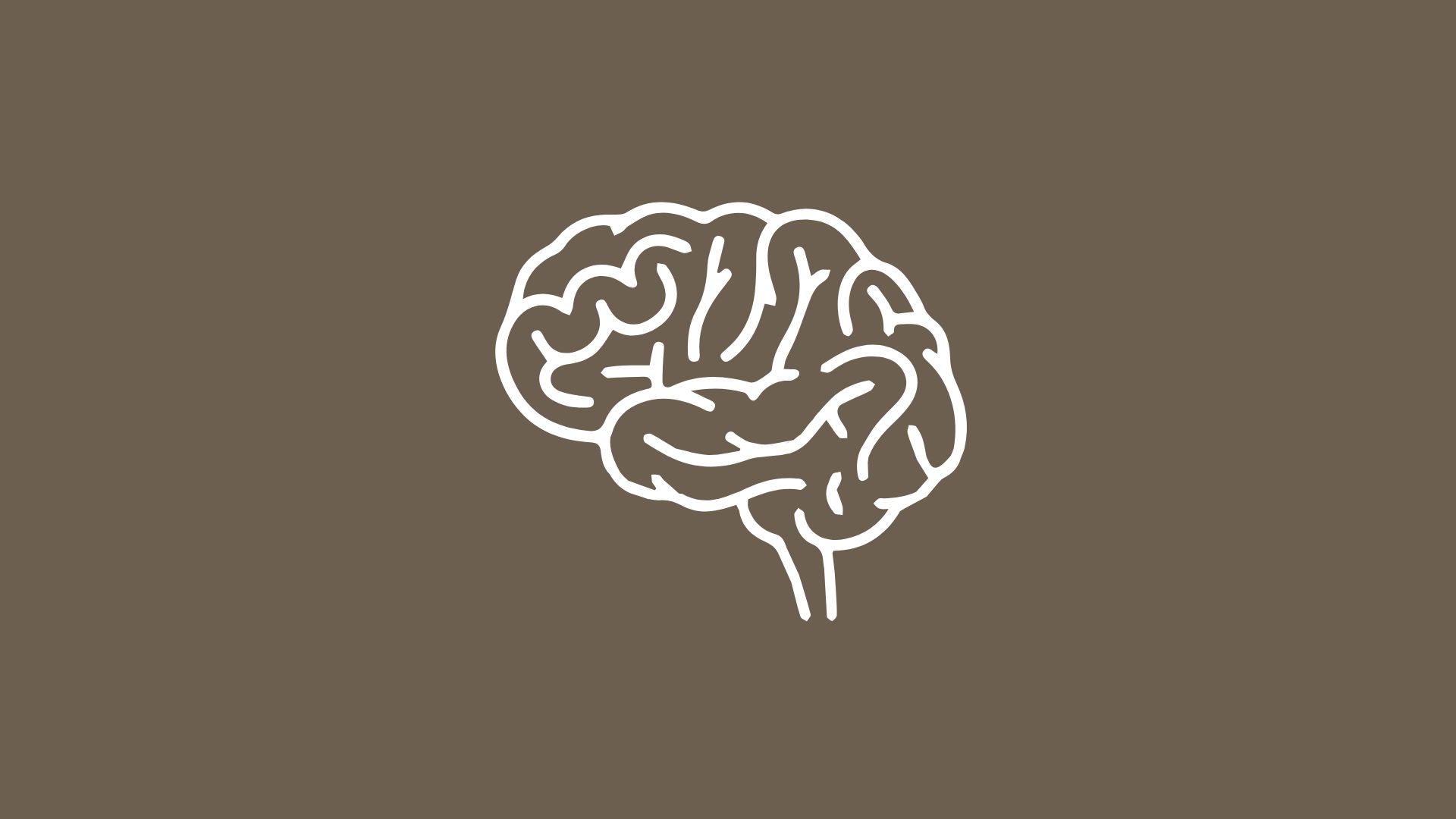Artificial Intelligence isn’t the future of marketing — it’s the present. From small businesses to global brands, AI is transforming how we research, create, communicate, and measure results. But like any powerful tool, it can either amplify your strategy or erode your authenticity, depending on how it’s used.
Here’s a grounded look at what to do and what not to do with AI in marketing — and the tools that can help business owners stay both efficient and human.
The Smart Ways to Use AI in Marketing
Automate Repetitive Work
AI can take over time-consuming tasks so your team can focus on strategy and creativity.
- Email Marketing: Tools like Klaviyo, HubSpot, or Mailchimp use AI to segment audiences, personalize messages, and predict the best times to send.
- Social Media Scheduling: Later, Buffer, and Metricool now integrate AI to optimize posting times and suggest captions.
- Ad Targeting: Platforms like Meta Ads Manager and Google Ads use machine learning to improve bidding and placement automatically.
Generate Creative Ideas, Not Copy-Paste Content
AI writing assistants like ChatGPT, Jasper, and Copy.ai are great for brainstorming outlines, drafting posts, or refining tone. Use them as creative collaborators, not as your copywriters.
Tip: Always review and personalize AI-generated text. Your brand voice is your competitive edge — don’t outsource it to an algorithm.
Analyze Data and Predict Trends
AI-driven analytics tools can turn overwhelming data into actionable insight.
- Google Analytics 4 leverages predictive metrics (like churn probability and purchase likelihood).
- SEMRush, SurferSEO, and HubSpot AI identify keyword gaps and forecast content performance.
When used correctly, these insights let you make data-driven, not data-drowned decisions.
Enhance Customer Experience
AI chatbots and CRMs help deliver better service without adding headcount.
- Tools like Intercom, Drift, or Zendesk AI can handle FAQs, qualify leads, and hand off complex questions to real people.
The key is balance — let AI handle the routine, and humans handle the relationships.
The Mistakes to Avoid
- Don’t Sacrifice Authenticity | Audiences can tell when content feels mechanical. Over-reliance on AI-generated blogs or captions can make your brand sound generic or disconnected. Rule of thumb: If your customers could find the same content on ten other sites, rewrite it.
- Don’t Ignore Data Privacy | AI tools often rely on customer data. Make sure you understand where that data goes and how it’s stored. Avoid uploading confidential or proprietary information into open models (like ChatGPT’s public version).
- Don’t Replace Strategy with Automation | AI can optimize tactics — but it can’t replace vision. Your business still needs human-led strategy: defining your audience, your values, and the emotions behind your brand.
- Don’t Chase Every New Tool | The AI ecosystem evolves daily. Focus on what drives measurable impact, not what’s trending. Test selectively, track results, and build a stack that supports your goals — not distracts from them.
- AI + Human: The Real Future of Marketing | The most successful brands will be those that blend human creativity with machine intelligence — using AI to work smarter, not to think for them. When used with intention, AI helps marketers do more of what matters: connect, inspire, and grow.
Final Thought
AI isn’t here to replace marketers. It’s here to elevate them. The key is remembering that great marketing will always begin — and end — with human insight.
